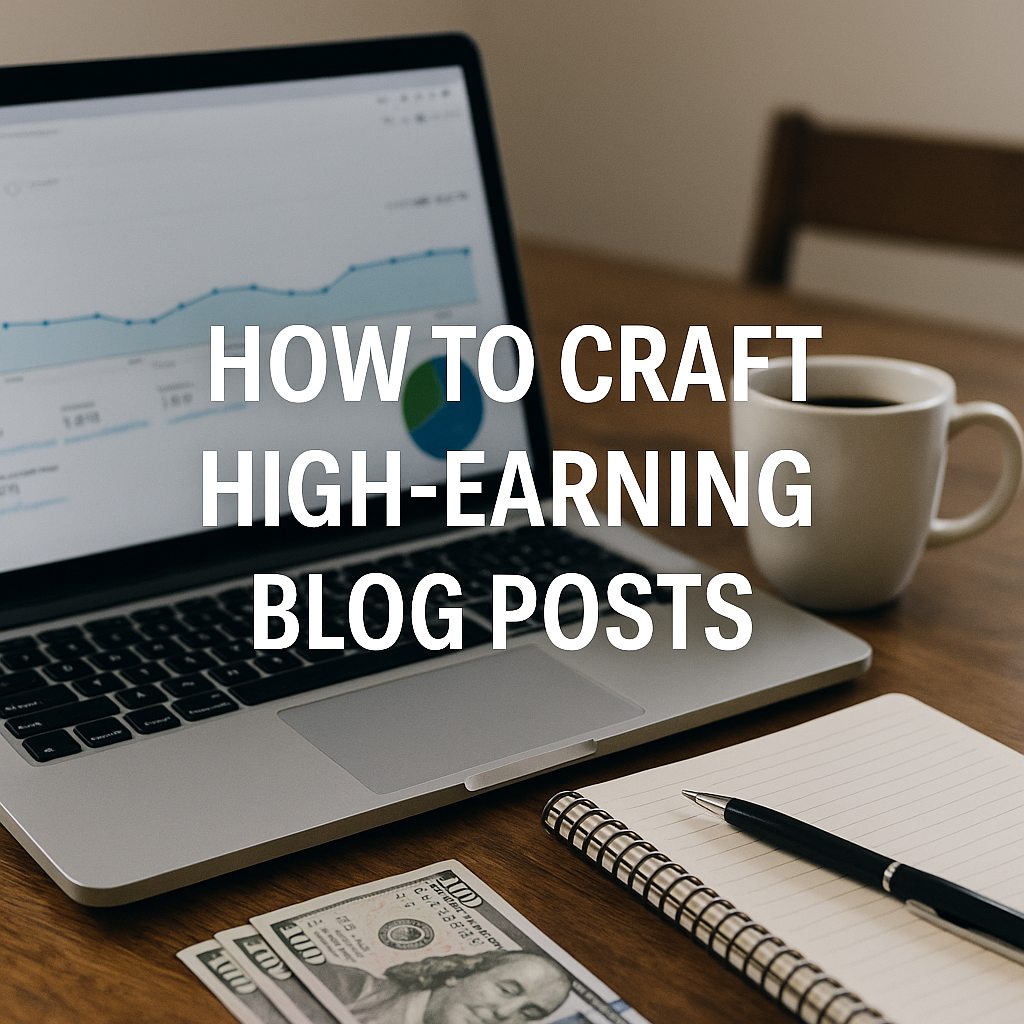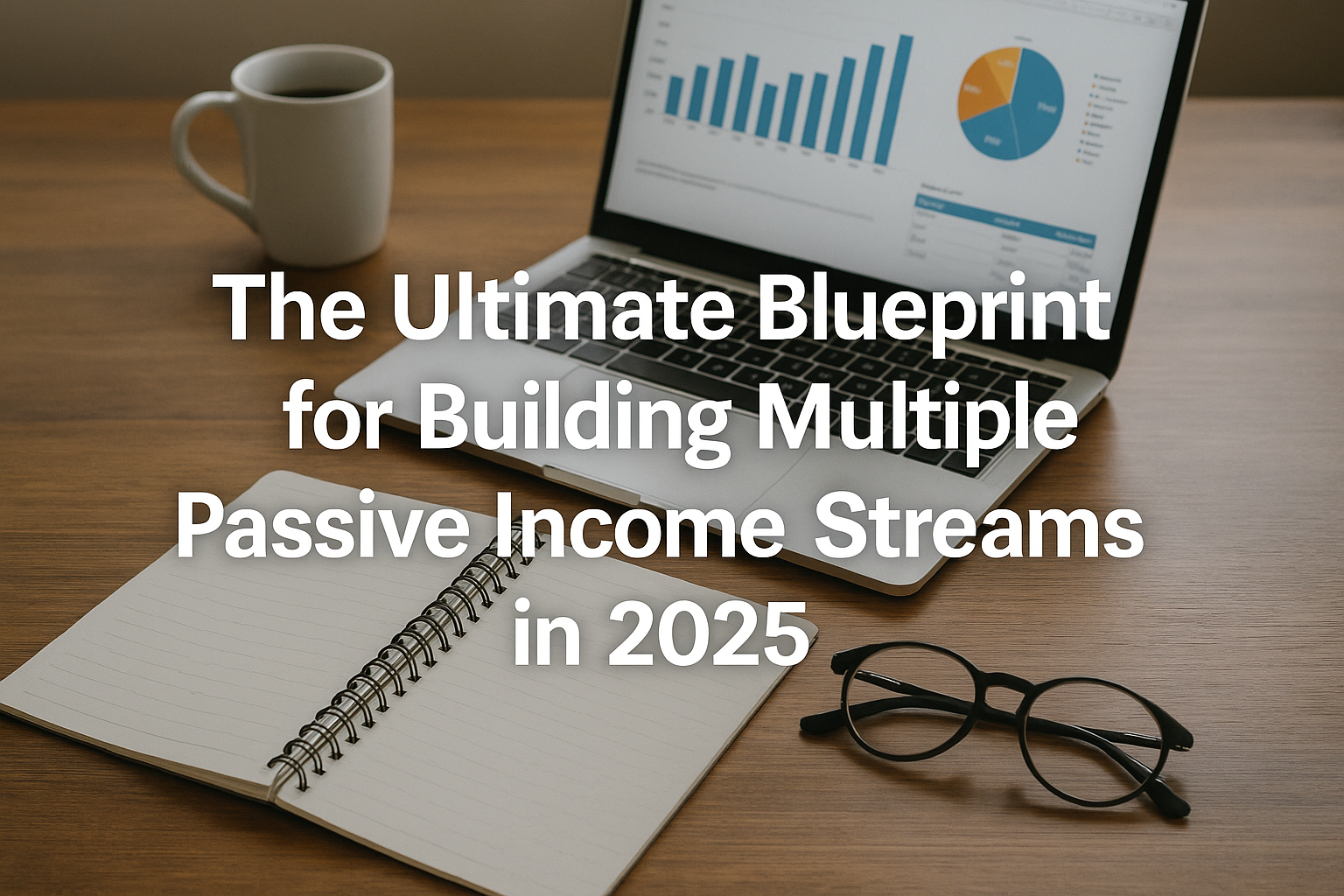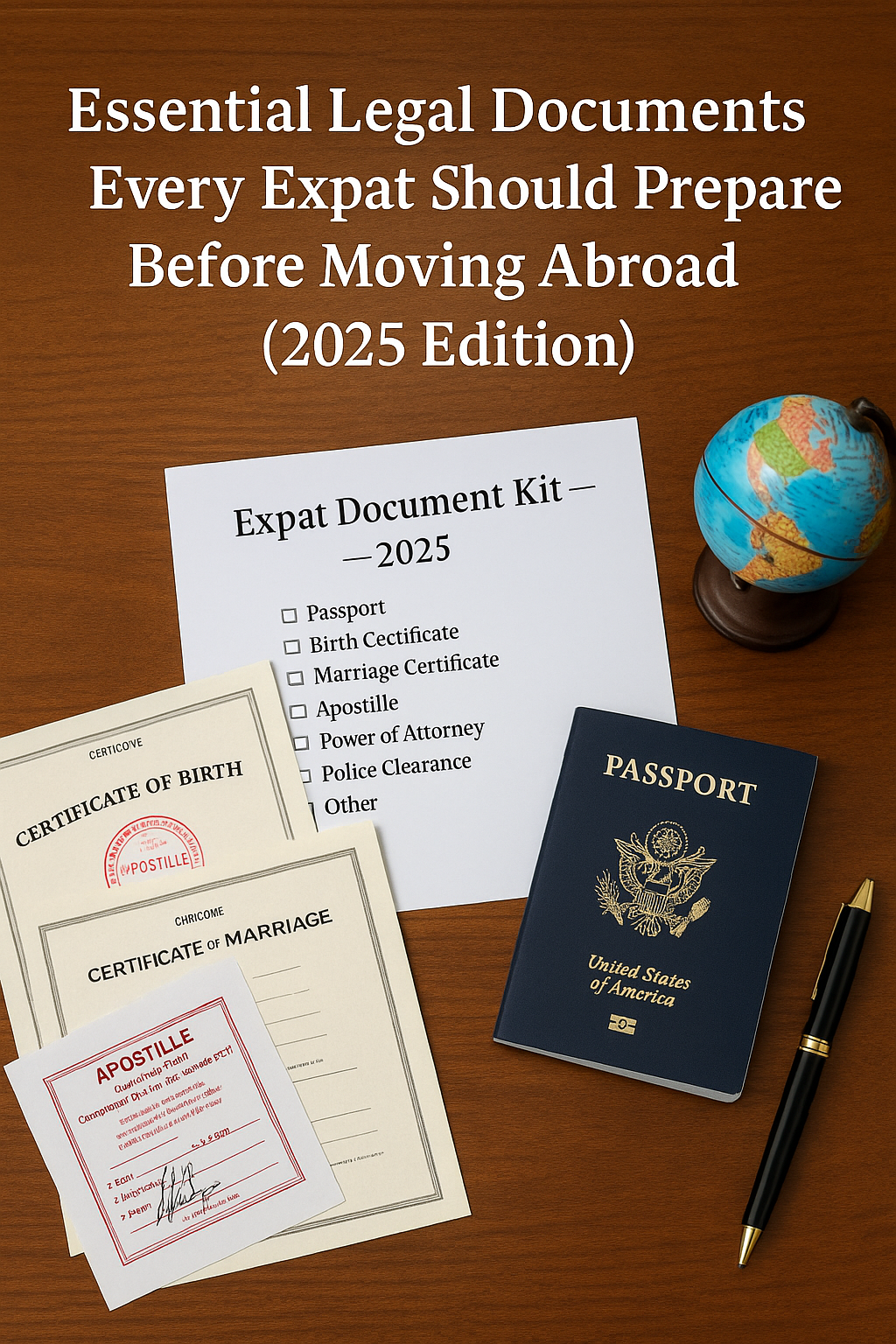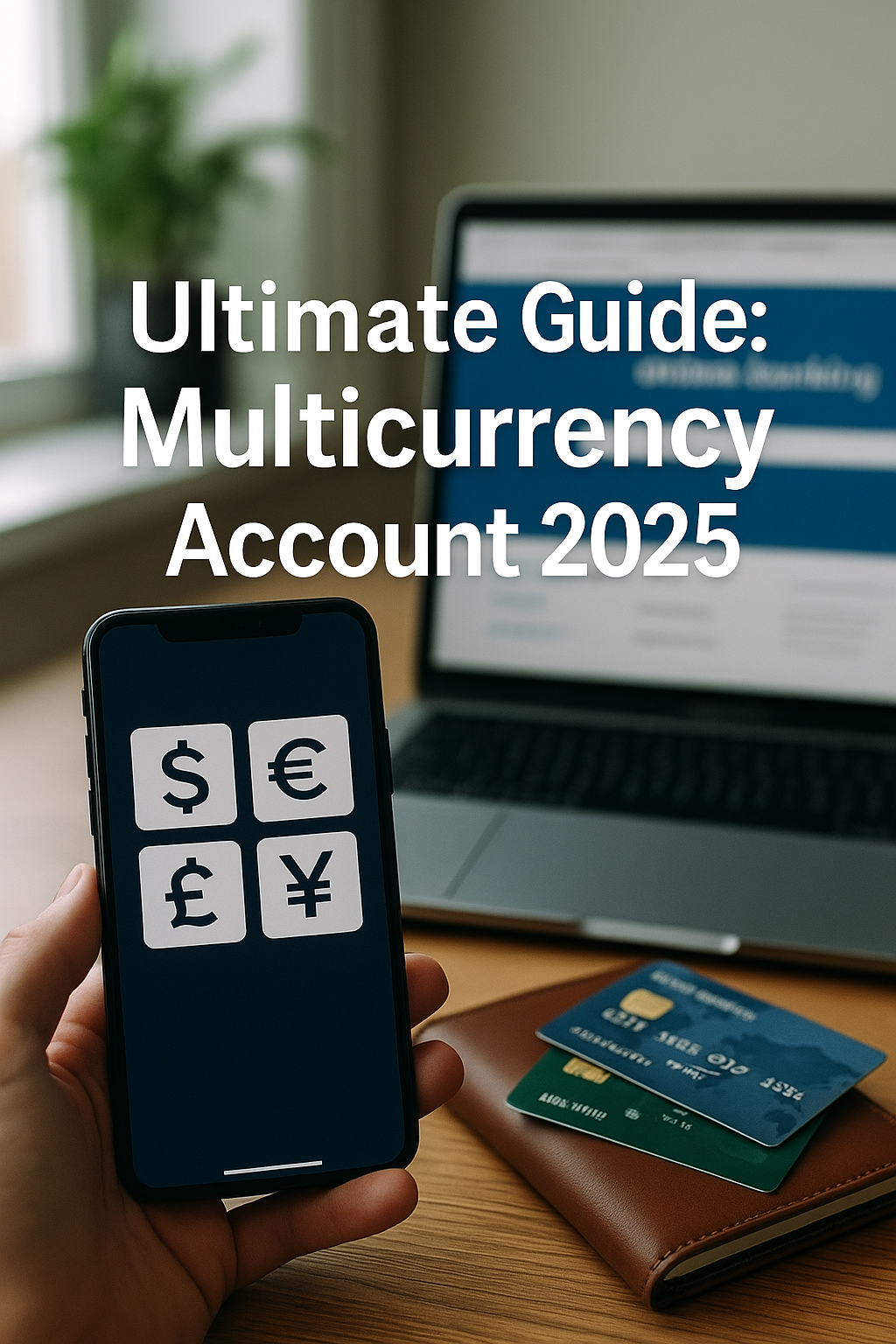Table of Contents
- Why This Guide?
- What Is an Index Fund?
- The Power of Compound Growth (in Plain English)
- Why $100 a Month Is Enough to Start
- Step-by-Step: Opening Your First Index-Fund Account
- Choosing the Right Fund (Three Safe Picks)
- How Fees Eat Your Money—and How to Avoid Them
- Automate: Turning Saving Into a “Set-and-Forget” Habit
- Staying Calm in Down Markets
- Taxes Made Easy
- Boosting Returns: The $25-Raise Plan
- “What If I Miss a Payment?”—Real-Life Fixes
- Seven Common Myths, Busted
- Your 15-Minute Quarterly Check-Up
- Conclusion: From Tiny Seeds to a Six-Figure Forest
- Quick Reference Cheat Sheet
1. Why This Guide?
Most money articles talk to experts and use words like Sharpe ratio or standard deviation. This guide does the opposite. It explains index-fund investing in plain English so that a middle-school student—or a busy parent—can start with confidence today.
Goal: Show how putting away $100 every month can grow into more than $150 000 by 2040 (15 years) with almost zero effort after set-up.
2. What Is an Index Fund?
An index fund is a big basket of many company stocks. Instead of trying to pick winners, it copies a list (an “index”) like the S&P 500. When Apple, Microsoft, and the other 498 firms rise or fall, your basket moves the same way.
Why it matters:
- Built-in safety: You own tiny pieces of hundreds of companies, not just one.
- Low cost: No star manager charging high fees.
- Proved record: Over long periods, most stock pickers lose to a simple index.
Key term in plain words
S&P 500 – The 500 largest companies in the U.S. market. Think of it as “a snapshot of the U.S. economy.”
3. The Power of Compound Growth (in Plain English)
Compound growth means “interest on interest.” Picture a snowball rolling downhill. Each turn adds more snow, making the ball bigger, which then picks up even more snow.
An easy way to see it is the Rule of 72:
72 ÷ yearly growth rate ≈ years to double your money.
If your fund grows at 8 % a year on average:
72 ÷ 8 ≈ 9 years to double.
- $1 000 becomes $2 000 in 9 years,
- $2 000 becomes $4 000 in the next 9,
- and so on. The longer you leave it, the faster it grows.
4. Why $100 a Month Is Enough to Start
- Low entry bar: Most brokers let you buy fractional shares.
- Habit beats amount: Regular investing builds discipline.
- Real math: $100 × 12 months = $1 200 a year. At 8 % average growth over 15 years: Future Value calculator: $1 200 × (1.08¹⁵ – 1) ÷ 0.08 ≈ $34 000.
But remember—each new year you add more. Combining all years, the total can top $150 000.
(See the cheat-sheet table at the end.)
5. Step-by-Step: Opening Your First Index-Fund Account
Time needed: 30–40 minutes.
- Pick a broker that allows no-fee index funds. Good choices: Fidelity, Schwab, Vanguard.
- Create an account. You’ll need ID and a bank link.
- Choose IRA or taxable. If you live in the U.S. and plan for retirement, start with a Roth IRA (tax-free growth).
- Transfer $100 (or more). ACH transfers are free; wires cost extra.
- Buy the fund. Search the ticker (see Section 6), select “market order,” and enter the dollar amount.
- Set up recurring buys. Most brokers have an “automatic investment” button—set it for payday.
6. Choosing the Right Fund (Three Safe Picks)
| Ticker | Name | Annual Fee | Main Feature |
|---|---|---|---|
| VTI | Vanguard Total Stock Market ETF | 0.03 % | Owns almost every U.S. stock |
| VOO | Vanguard S&P 500 ETF | 0.03 % | Tracks top 500 U.S. firms |
| ITOT | iShares Core S&P Total U.S. Stock ETF | 0.03 % | Similar to VTI, from iShares |
Tip: Fees of 0.03 % mean you pay $0.30 per $1 000 each year—almost nothing.
7. How Fees Eat Your Money—and How to Avoid Them
A fund charging 1 % sounds small, but on $100 000 that is $1 000 every year, rain or shine. Over 20 years those fees can cost you more than $30 000. Sticking to funds below 0.10 % keeps that money in your pocket.
8. Automate: Turning Saving Into a “Set-and-Forget” Habit
- Direct deposit split: Ask HR to send $100 of each paycheck directly to your broker.
- Broker auto-buy: Schedule a same-day purchase so cash never sits idle.
- Annual boost: Each January, raise your monthly amount by $10 to stay ahead of inflation.
9. Staying Calm in Down Markets
Markets fall about one out of every four years. Your rule: “Keep buying.”
Why? You get more shares for the same $100 when prices are low. History shows every U.S. market crash has been followed by a recovery—and then new highs.
Mind trick: Check your account only once a quarter. Less screen time equals less panic.
10. Taxes Made Easy
- Roth IRA: Pay tax now, none later. Ideal for young investors.
- Traditional IRA / 401(k): Pay tax later. Lowers today’s taxable income.
- Taxable account: Dividends are taxed yearly, but long-term capital gains (over 1 year) get a lower rate.
If you invest through a retirement account first, you may never owe tax on growth.
11. Boosting Returns: The $25-Raise Plan
When you get a pay raise, add $25 more per month to your auto-investment before you see the money in your checking account. Over 15 years that small bump alone can add $37 000 to your future balance.
12. “What If I Miss a Payment?”—Real-Life Fixes
Life happens. If you miss a month:
- Skip the guilt.
- Double up next month if you can.
- If not, simply restart. Missing a few payments won’t break the long game. Consistency wins.
13. Seven Common Myths, Busted
- “I need a lot of money to start.” False—fractional shares let you begin with $5.
- “Index funds are boring.” True—and that’s good. Excitement often equals risk.
- “I’ll wait for the next crash.” Most people who wait never jump in. Time in the market beats timing the market.
- “I’m too old.” Even at 50, you have decades left.
- “I can beat the market with AI picks.” Data shows >80 % of active funds still lose to the index.
- “Fees don’t matter if returns are high.” They always matter. Fees are certain; high returns are not.
- “Index funds are a bubble.” They simply hold the market itself; they are the market.
14. Your 15-Minute Quarterly Check-Up
- Log in to your broker.
- Confirm buys happened.
- Re-read your goal (retire with $X).
- Celebrate wins rather than chasing new shiny stocks.
- Log out. Done.
15. Conclusion: From Tiny Seeds to a Six-Figure Forest
Planting $100 each month may feel small, but compounding turns acorns into oaks. With low fees, automatic deposits, and a calm mindset, you could hold a six-figure portfolio by 2040—enough to fund college, boost retirement, or seed a dream business. The best day to start was yesterday; the next best day is today.
16. Quick Reference Cheat Sheet
| Action | Time | One-Time or Ongoing? |
|---|---|---|
| Open broker account | 30 min | One-time |
| Link bank & set auto-transfer | 10 min | One-time |
| Buy VTI/VOO/ITOT | 5 min | Monthly |
| Quarterly check-up | 15 min | Quarterly |
| Annual contribution boost | 5 min | Yearly |
Growth Projection (8 % average return)
| Year | Total Contributed | Projected Value* |
|---|---|---|
| 5 | $6 000 | $7 300 |
| 10 | $12 000 | $18 000 |
| 15 | $18 000 | $34 000 |
| 20 | $24 000 | $62 000 |
| 30 | $36 000 | $150 000+ |
*Projection uses historical 8 % annual return. Actual returns vary.







